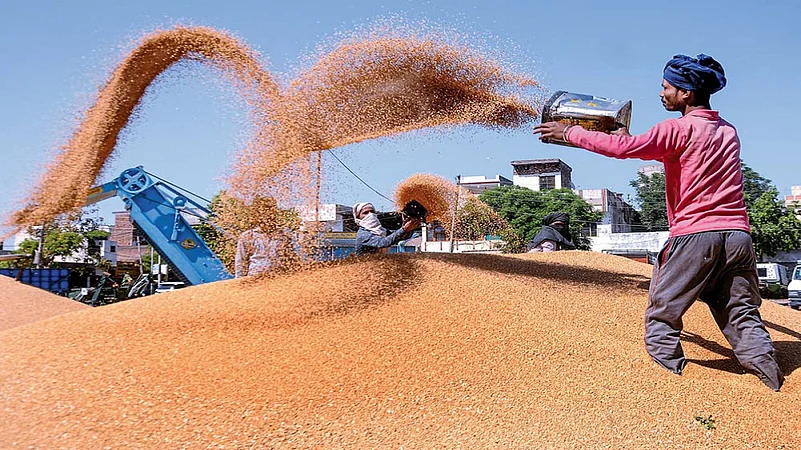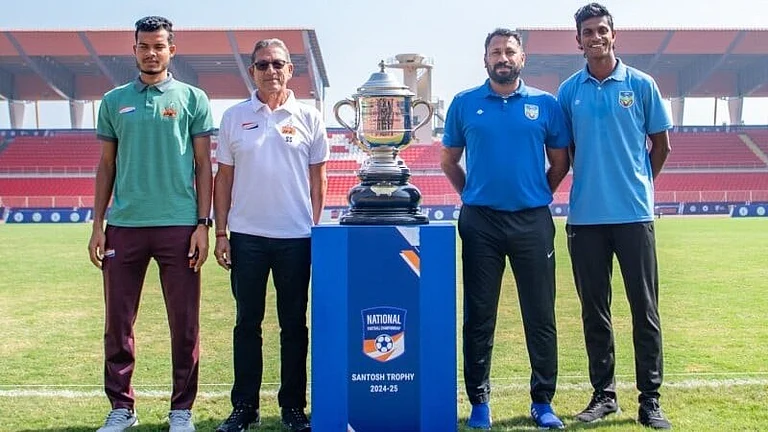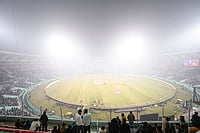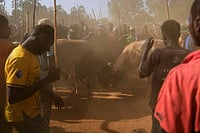For years, hundreds of farmers in the Himachal Pradesh districts of Una and Kangra had unrestricted access to mandis in neighbouring Punjab for selling wheat and paddy. But the doors have now been slammed shut. With the Centre making MSP payments solely in the Direct Benefit Transfer (DBT) mode, farmers from Himachal faced rejection at the mandis in Punjab for the first time and had to return disappointed. “They asked us for Aadhaar card details and papers to prove land ownership in Punjab,” says Dwarka Nath, a farmer from Una. “We told them we were natives of Himachal Pradesh and our lands are adjacent to the lands of farmers across the border in Punjab. They refused to take our produce, saying mandis in Punjab are meant only for residents of the state.”
The Himachal minister for agriculture and panchayats, Virender Kanwar, is a native of Una. He admits that arthiyas (mandi agents) in Punjab are not allowing farmers from other states to sell their seasonal produce. “This is because the Centre has implemented DBT. In retaliation to the Centre’s move, arthiyas and the government of Punjab have stopped cooperating with farmers,” the minister adds. Punjab police, say media reports, have set up checking points on the inter-state border to stop the movement of wheat from Himachal.
Meanwhile, Rs 750 crore had been directly transferred to the accounts of farmers in Punjab and Haryana until last week. “We are transferring MSP directly to the farmers’ accounts in Punjab and Haryana, which has been made possible with the active cooperation of the state governments and arhtiyas,” Union food secretary Sudhanshu Pandey announced on April 17.
After the matter was taken up with the Food Corporation of India (FCI), procurement centres were opened at Fatehpur for Himachal farmers. In all, 10 procurement centres have been set up in Kangra, Una and Sirmaur districts. “We have requested the FCI to set up more centres so that the farmers do not face problems,” says minister Kanwar.
Kangra produces 1.5-1.65 lakh MT of wheat over 91,800 hectares, of which 34,000 hectares is irrigated land. The average yield is 18.3 quintals per hectare. Una, a smaller district, has 32,981 hectares under wheat cultivation, with an average yield of 16.87 quintals per hectare. “The FCI is paying Rs 1,975 per quintal. The MSP will be transferred to the bank accounts of farmers within three days,” says Kangra deputy commissioner Rakesh Prajapati.
By Ashwani Sharma in Shimla


























